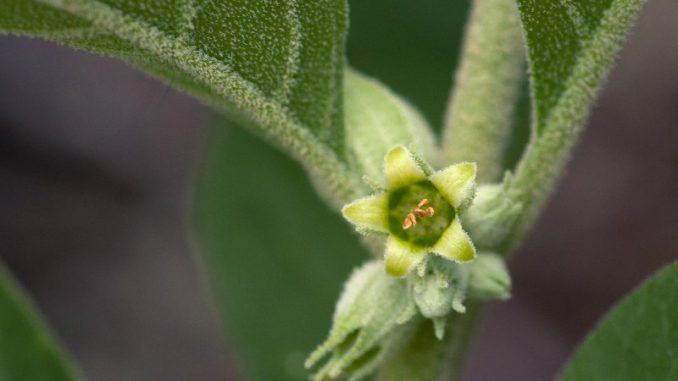
By Badri Chatterjee
The Botanical Survey of India classified theses species as ‘endangered’ and ‘critically endangered’ between 2013 and 2017
Mumbai: Rampant deforestation has threatened the survival of 13 native trees, found the Botanical Survey of India (BSI).
BSI, which is under the ministry of environment, classified theses species as ‘endangered’ and ‘critically endangered’ between 2013 and 2017.
The details were revealed after BSI responded to a Mumbai-based activist’s RTI queries. A copy of the response is available with Hindustan Times.
The survey identified nine ‘endangered’ and four ‘critically endangered’ tree species. The list of tree species includes Assam catkin yew, Indian bdellium tree, white cedar and minangmose (see box). They are spread across northeast, central and southern parts of India. Based on information from the International Union for Conservation of Nature (IUCN), BSI collated the reasons for the protected status.

According to the RTI response by BSI scientist Dr PM Padhye from Kolkata, major threats to these plant species included infrastructure development (roads and hydroelectric schemes), harvest for timber, loss of habitat and habitat fragmentation from agriculture, over-exploitation and unsustainable collection of tree parts for medicines. “Our mandate was to identify these threatened and rare species through various surveys. It is now the responsibility of the social forestry division and state forest departments to ensure conservation of these species before they become extinct,” Padhye told HT.
The Indian bdellium tree, found along the western parts of the country, was put under the ‘critically endangered’ status was facing an extinction risk, the survey found. “The gum from the bark has been extracted at unsustainable rates with faulty methods,” read the RTI response.
Similarly, the number of the endangered White Cedar found along the Western Ghats reduced considerable between considerably owing to man-made fragmentation of tropical forests. The RTI response identified a 40% decline in natural vegetation of the Western Ghats between 1920 and 1990 and an 83% reduction in size of surviving forest patches. In the southern parts of the Western Ghats, a 25.6% loss in forest cover was detected between 1973 and 1995. “The Western Ghats is under severe threats because of anthropogenic disturbances due to deforestation, developmental activities, conversion of forests to plantations and habitat fragmentation,” read the RTI response.
Three tree species of the Magnolia family (evergreen and deciduous tree species bearing flowers), endemic to Assam, is under threat and has seen a substantial decline in their population. Some of the other tree species had declined owing to damage of seeds by arboreal animals (squirrels, field mice etc) and grazing animals.
“It is very important to generate this knowledge to understand that we are losing our rare tree species. We now need conscious afforestation strategies. If we make right interventions at the right time, it is possible to save these species,” said Anumita Roy Chowdhury, executive director (research and advocacy), Centre for Science and Environment (CSE).
Source: Hindustan Times

Leave a Reply